Year two of the B-WET grant program has been full of excitement. This year has been an extension of year one, engaging with local Newport News high schoolers, their teachers, and local environmental partners. To learn more about this groundbreaking program, please read our blog about year one.
Increasing Access and Inclusivity
One thing The Mariners’ Museum and Park can take pride in is how Museum staff work tirelessly to increase access and ensure a sense of inclusion and belonging when visitors walk through our doors. The same can be said for the Educational Enrichment Programs (EEP) that the Education team leads. For the Bay Watershed Education and Training (B-WET) program, many of the students our team interacts with speak many languages, including Spanish and Farsi.
To ensure students feel included and welcomed here, the B-WET team worked with Museum staff and external partners through a unique service, Catchafire, to translate program materials. The materials include classroom presentations, water quality instructions, and even fish species names. By breaking down the language barrier, the B-WET team hopes to show students that no matter what their background is, anyone can become a steward for the environment.
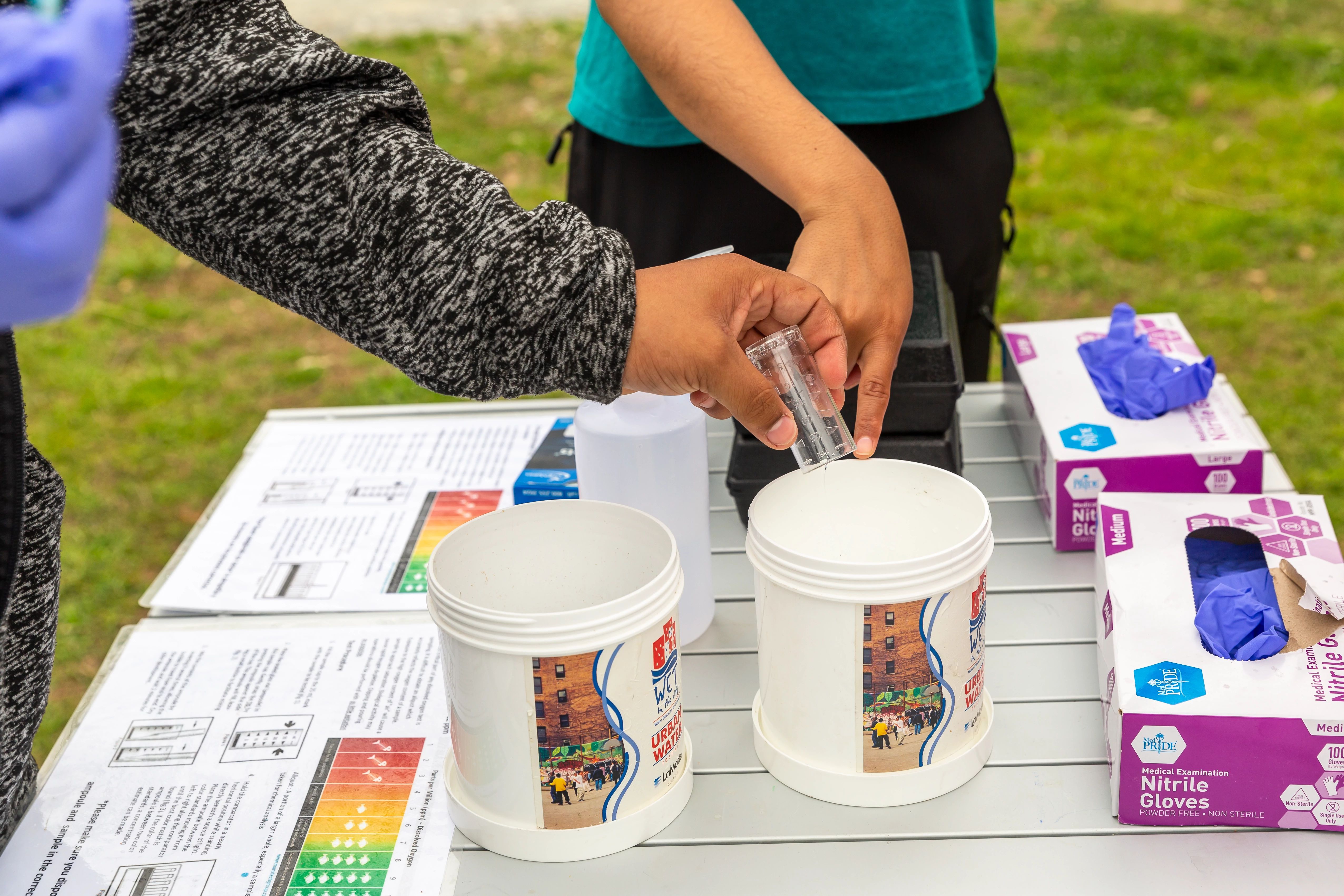
Teacher Professional Development
Year two has been an exciting journey, crafting unique and engaging teacher professional development (PD) for participating educators. Some highlights were at the winter PD in January 2023, where teachers were led through the USS Monitor Center by seasoned docent Brian Nehrbass.
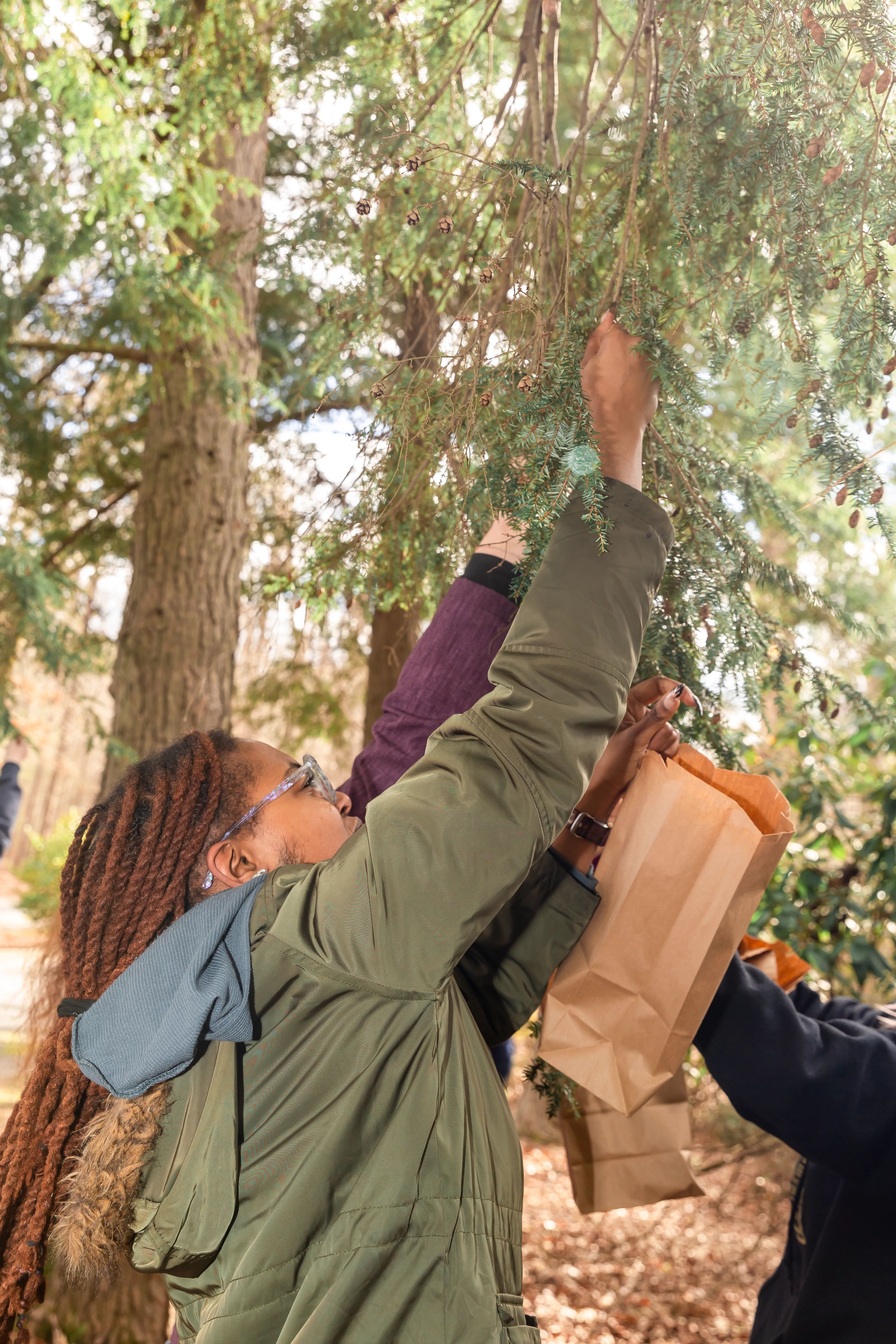
Our B-WET partners had a chance to shine during that PD. Dr. Janet Steven and intern Rebecca Litt from Christopher Newport University led a workshop on collecting seeds of native trees. Intern Ryan La Londe, also from CNU, created a lesson plan for teachers to use post-field trips incorporating Lake data analysis. Museum staff and the James River Association joined forces to “Paint Out Pollution” at the Museum’s Boathouse parking lot. This was an exciting opportunity to show the teachers a fun way to get students aware of storm drains, native animals, and watershed health.
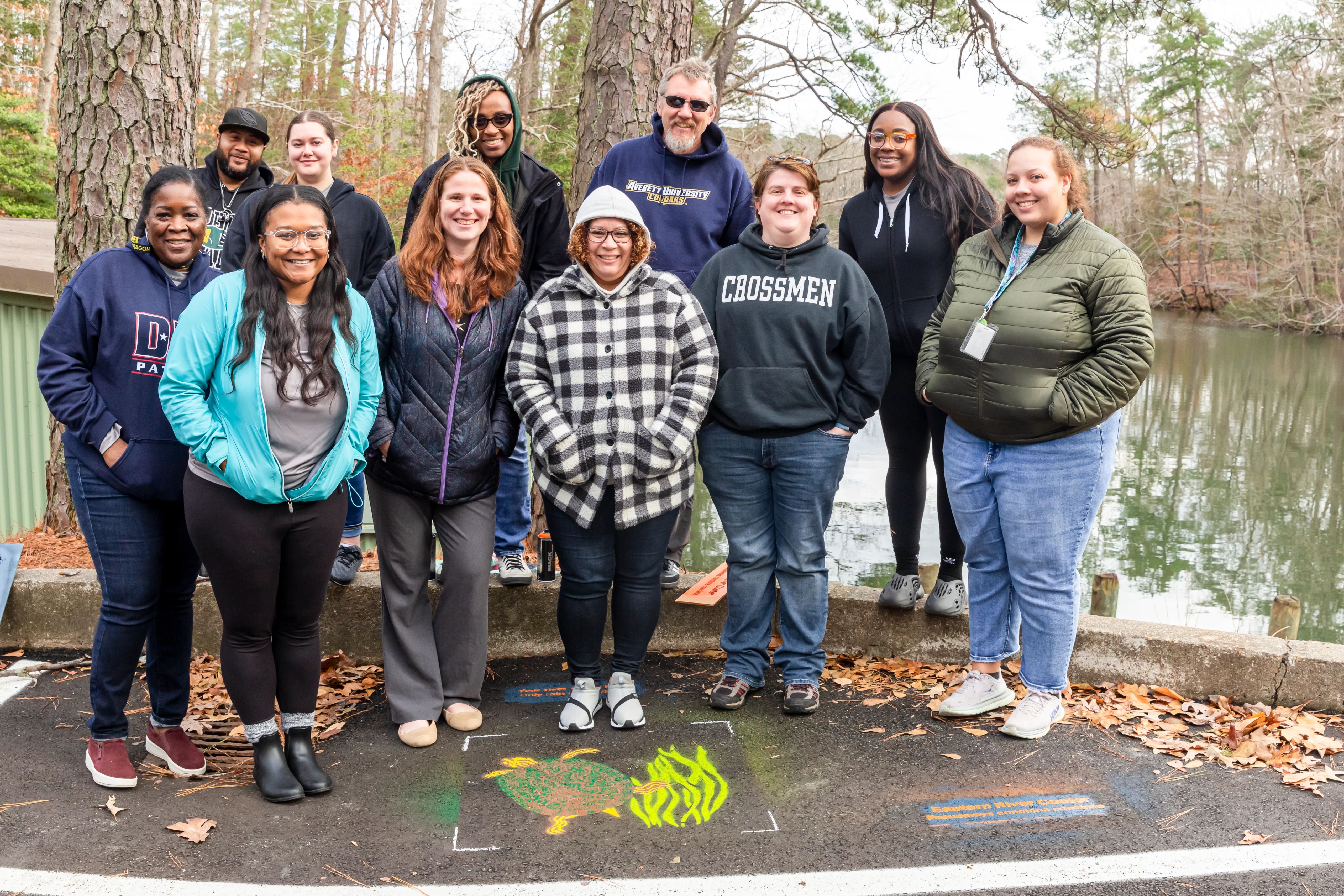
Field Trip Fun!
Planting
New experiences can be scary to many people, especially when that experience involves getting into water. At the grass planting station, students are helping the Museum plant native aquatic grass Vallisneria americana (eelgrass). These grasses help with sediment stability, increase oxygen in the water, provide food for migrating waterfowl, and create and sustain habitat for the variety of life in Mariners’ Lake.
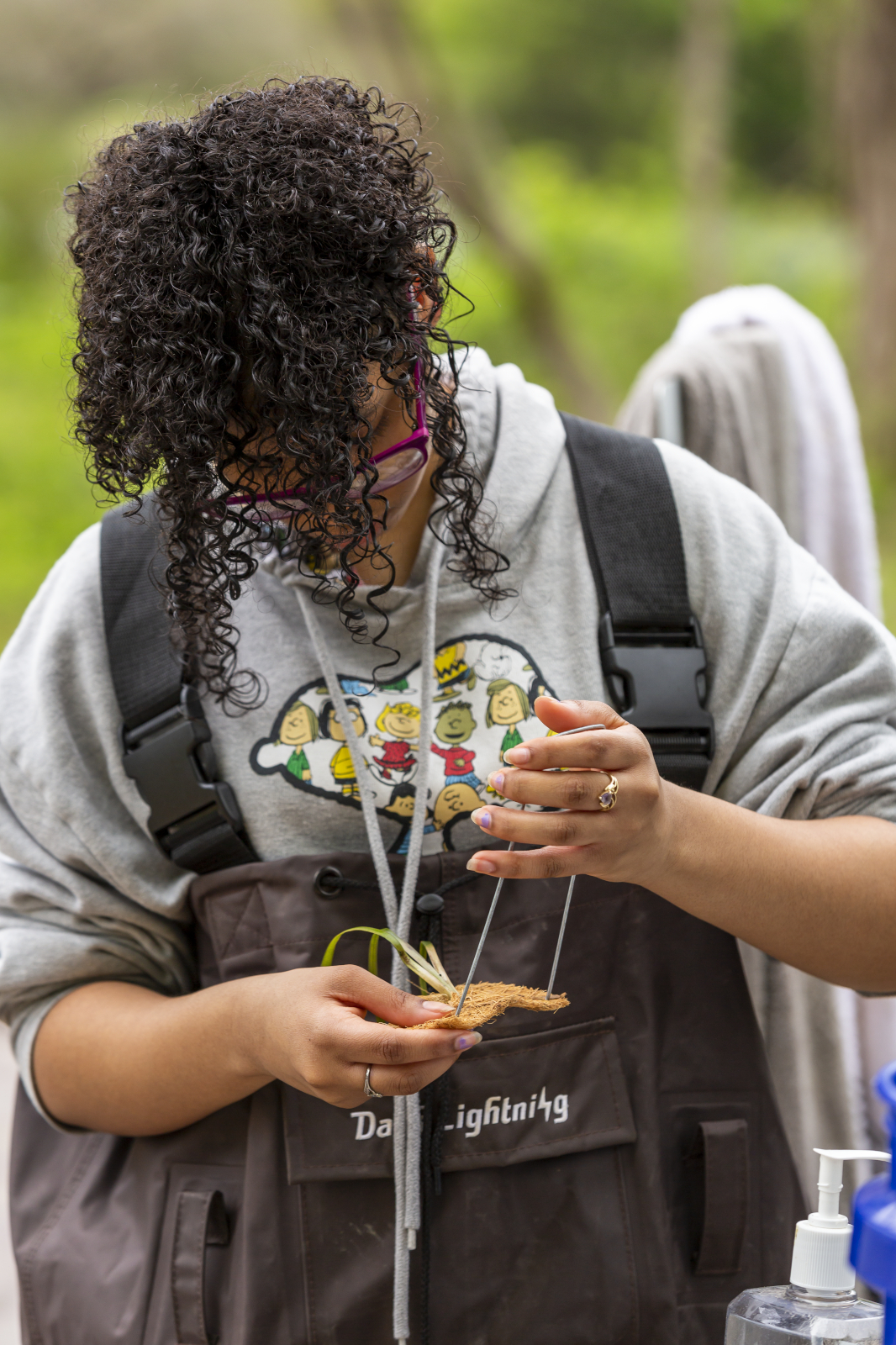
To plant the grasses, students must first put on waders to stay dry and free of mud. Most of our program’s students have never seen much less worn waders. Many approach this first step warily. However, once they have donned the waders, they are surprised at how much they like them! The students love taking their pictures and even doing TikTok dances in them! Some have even asked, “Can I keep these to wear to school?”
Between strutting in waders and playing in the water, the planting station is the favorite experience for many students. They have had so much fun tromping around and discovering new things in the water! Students often say, “Can I plant another grass? This is so much fun!”
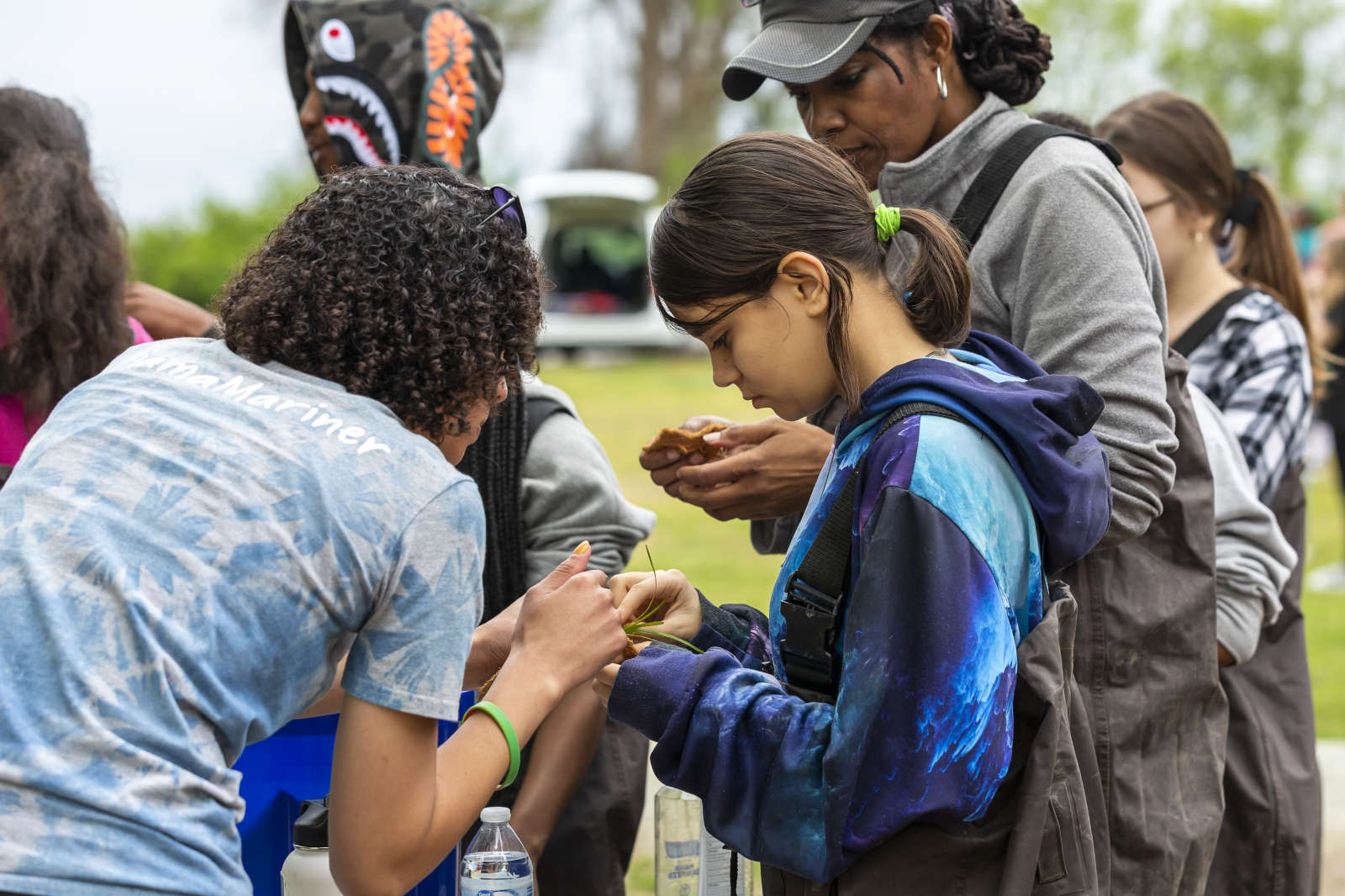
In addition to having a great time, this hands-on experience has allowed students to gain a deeper understanding of what they are doing and why. Students see firsthand how murky or turbid the Lake is and know their grasses can help reduce that. Seeing grasses planted by previous semesters’ students allows current students to ask how the older grasses are doing and discover if they have helped improve the health of the Lake.
As the current cohort of students plant their grasses, they will be setting up an even greater scene for future young people to observe and inquire about, prompting them to become environmental stewards of their community.
Mariners’ Lake Water Quality Testing
During the Mariners’ Lake field trips, one of the stations students experience is a water quality assessment of the Lake. This inquiry-based station allows students to discover and explore a variety of water quality tests, from turbidity to pH temperature, and salinity.
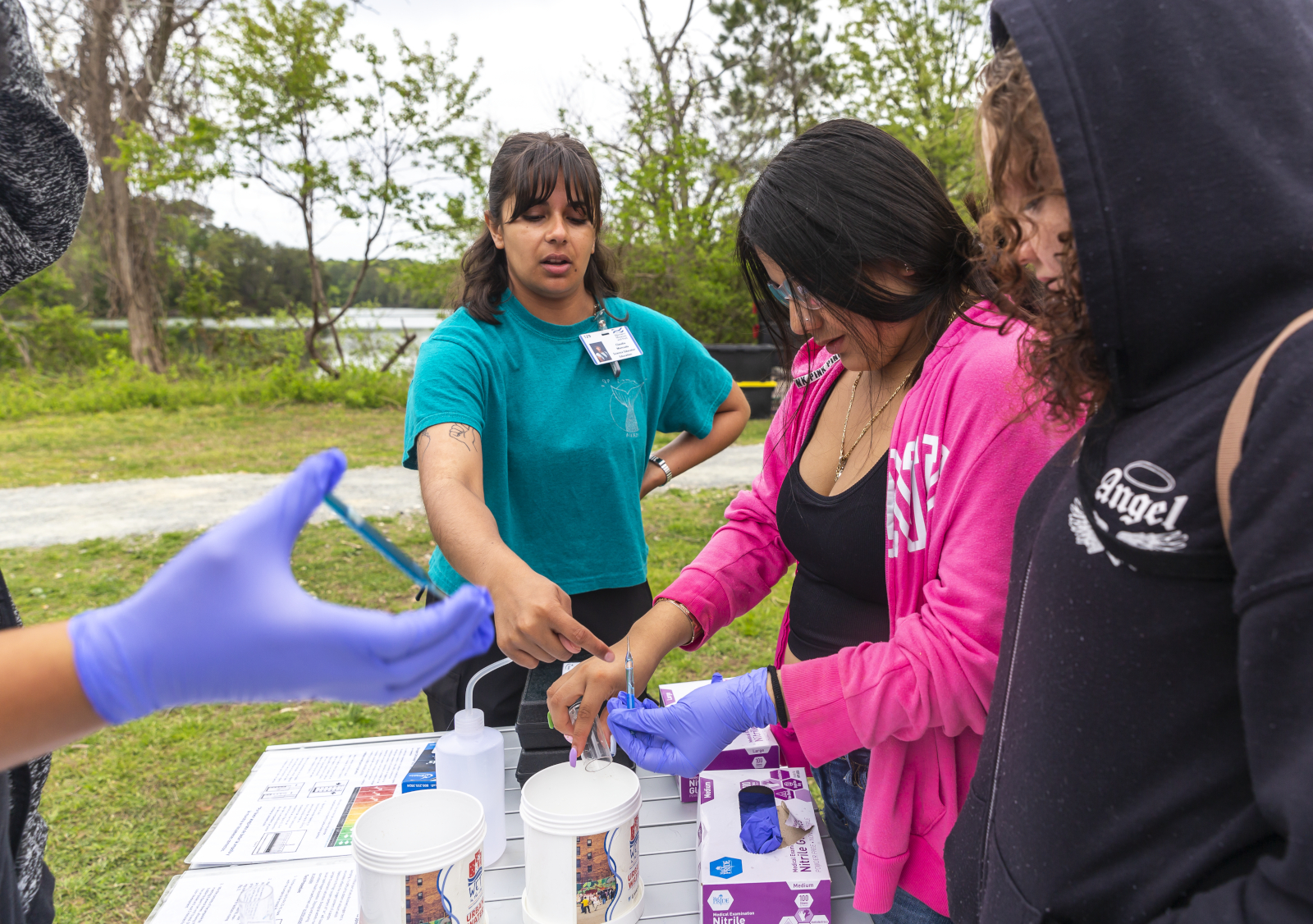
One of the favorite tests is CHEMetrics Dissolved Oxygen (DO), namely because students get to feel like scientists! Under adult supervision, students wear safety goggles and gloves to carefully break a glass ampoule in a water sample vial to reveal the DO of the Lake water sample. Feedback shows that students have enjoyed learning about the parameters of the Lake water to better understand why we need to preserve the water quality.
Go Fish with NOAA
One big change based on feedback from the first year of the program for the field trips was the addition of the National Oceanic Atmospheric Association (NOAA) station. During this portion of the field trip, students can interact with partners from NOAA’s Monitor National Marine Sanctuary to learn about ecosystem stability.
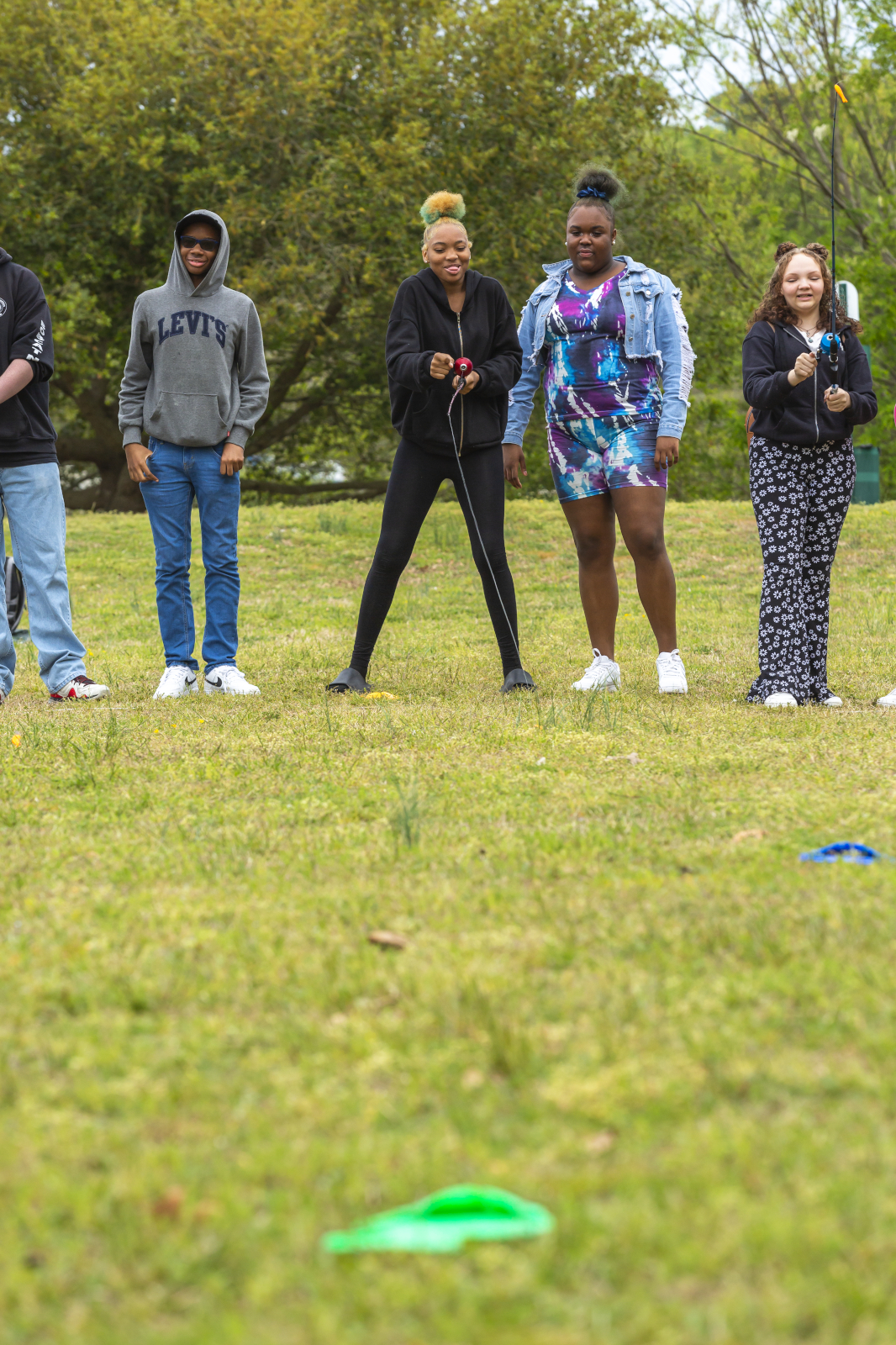
The students learned about the importance of protecting natural habitats and how non-native species can harm existing environments. Adding the element of fun, a fishing game was created to demonstrate to students exactly what can happen when new species are introduced to an environment. Many of the students that participated had mentioned that they have been fishing many times before and became very excited to play the game. Through this activity, students could make a personal connection with the field trip while learning valuable lessons about maintaining a healthy environment.
Final Classroom Visits
Following the field trips, the Education team heads back to the classrooms to visit with the B-WET students one last time for the semester. This visit aims to tie a bow on the students’ experiences. While in the classroom, students engage in interactive activities such as analyzing and graphing data on Mariners’ Lake and taking a VR dive to USS Monitor’s shipwreck in the Graveyard of the Atlantic!
The VR headsets and cell phones were purchased through a special grant from the National Marine Sanctuary Foundation. The VR headsets offer a unique and immersive teaching tool for our students and get them thinking about possible career pathways such as remotely operated vehicle (ROV) pilot, oceanographer, or underwater archaeologist.
With the grasses from year one planted in the Lake, students and educators work on analyzing real life data to assess the progress the grasses have made to improve Mariners’ Lake. As more grasses are planted each semester, the Lake will continue to improve, all thanks to the efforts of our youth and Museum partners and supporters.
Forward Facing
Though the last year of the grant is fast approaching, it is not the end, but the beginning of this special Meaningful Watershed Educational Experience (MWEE) in Hampton Roads. In the final year, the B-WET team plans to continue to make meaningful changes to the program by listening and reflecting upon insightful feedback from our partners.
Dr. Joanna Garner from The Center for Educational Partnerships at Old Dominion University is leading the B-WET program assessments. Among the program’s goals was encouraging a sense of belonging with the students. Based on data analyzed thus far, Dr. Garner has found that students feel a stronger sense of belonging to the project and believe they can make a difference with the activities they have engaged in.
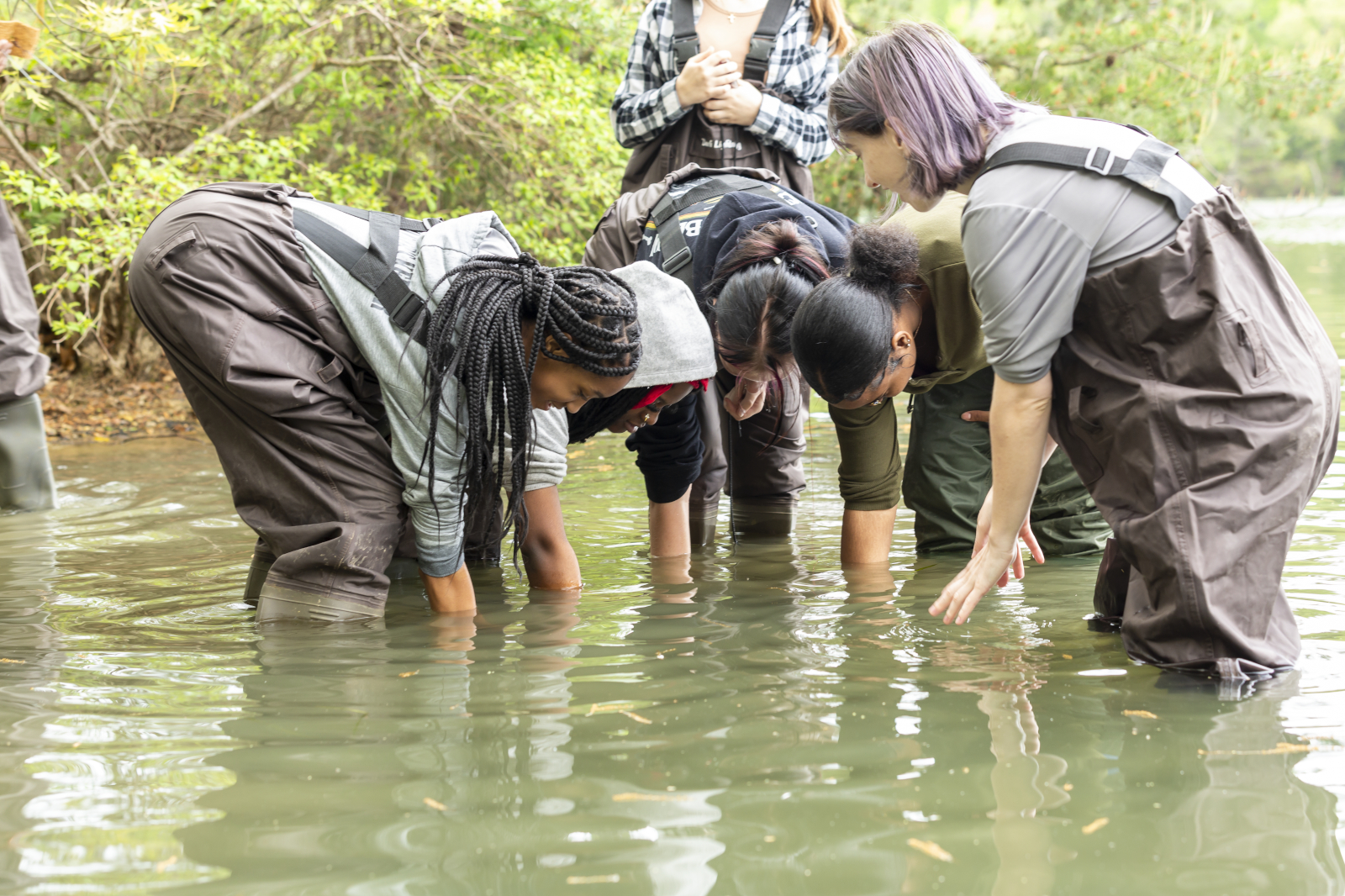
Looking to the future of sustainability, the Museum plans to offer different levels of the program to other local Virginia schools to expand the reach and inspire more environmental stewards for the next generation.